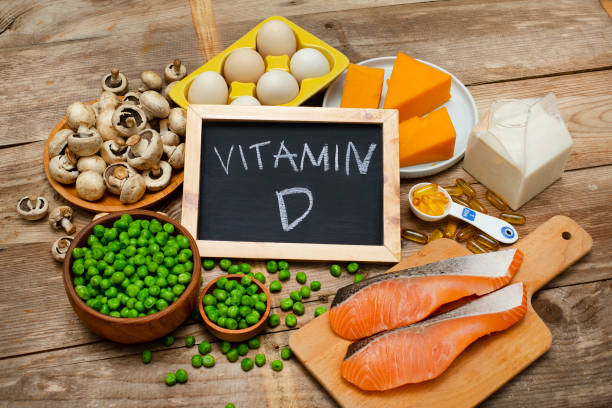

Vitamin D is the most common nutritional deficiency worldwide, rising to almost one third of the population during the winter months. This underrated vitamin is found in certain foods but is also produced by the body in response to exposure to the sun.
Vitamin D deficiency comes with poor bone density and muscular weakness, which can be critical for everyone but specially to those who want to lift heavy for muscle mass gain. On the other hand, Calcium is key for healthy jawbones and, as consequence, keeping the teeth in place.
Supports the immune system
The immune system is responsible to defend the body from foreign, invading organisms, promoting protective immunity while maintaining tolerance to self. Vitamin D contributes to the strengthening this system and low vitamin D levels are associated with an increased incidence of upper respiratory tract infections.
There are Vitamin D receptors and activating enzymes on the surfaces of all White Blood Cells. The role that vitamin D plays in keeping the immune system healthy is very complex because the immune system has to be perfectly balanced. If there is too much stimulation, autoimmune diseases can set in. If there is not enough immune system activity, frequent infections can occur. Low levels of vitamin D have been linked with both extremes
Here’s how you can take in vitamin D
Vitamin D is more than just one vitamin. It’s a family of nutrients that shares similarities in chemical structure. In your diet, the most commonly found members are vitamin D2 and D3. While both types help you meet your vitamin D requirements, they differ in a few important ways.
Your skin produces vitamin D when it’s exposed to sunlight. However, if you spend most of your time indoors or live at high latitude, you’ll need to get this vitamin from your diet.

1. The two forms of vitamin D differ depending on their food sources.
Oily fish and fish oil
Liver
Egg yolk
Butter
Dietary supplements
Sources of Vitamin D2
2. Here are some healthy foods that are high in vitamin D
Salmon: Wild salmon contains about 988 IU of vitamin D per serving, while farmed salmon contains 250 IU, on average. That’s 165% and 42% of the RDI, respectively.
Herring and sardines: Herring contains 1,628 IU of vitamin D per 3.5-ounce (100-gram) serving. Pickled herring, sardines and other fatty fish, such as halibut and mackerel, are also good sources.
Cold liver oil: Cod liver oil contains 450 IU of vitamin D per teaspoon (4.9 ml), or 75% of the RDI. It is also high in other nutrients, such as vitamin A and omega-3 fatty acids.
3. Supplements
Vitamin supplements are available over-the-counter, including Cool Vita Vitamin D3 supplements, specially designed to support your daily intake of this macronutrient.

service